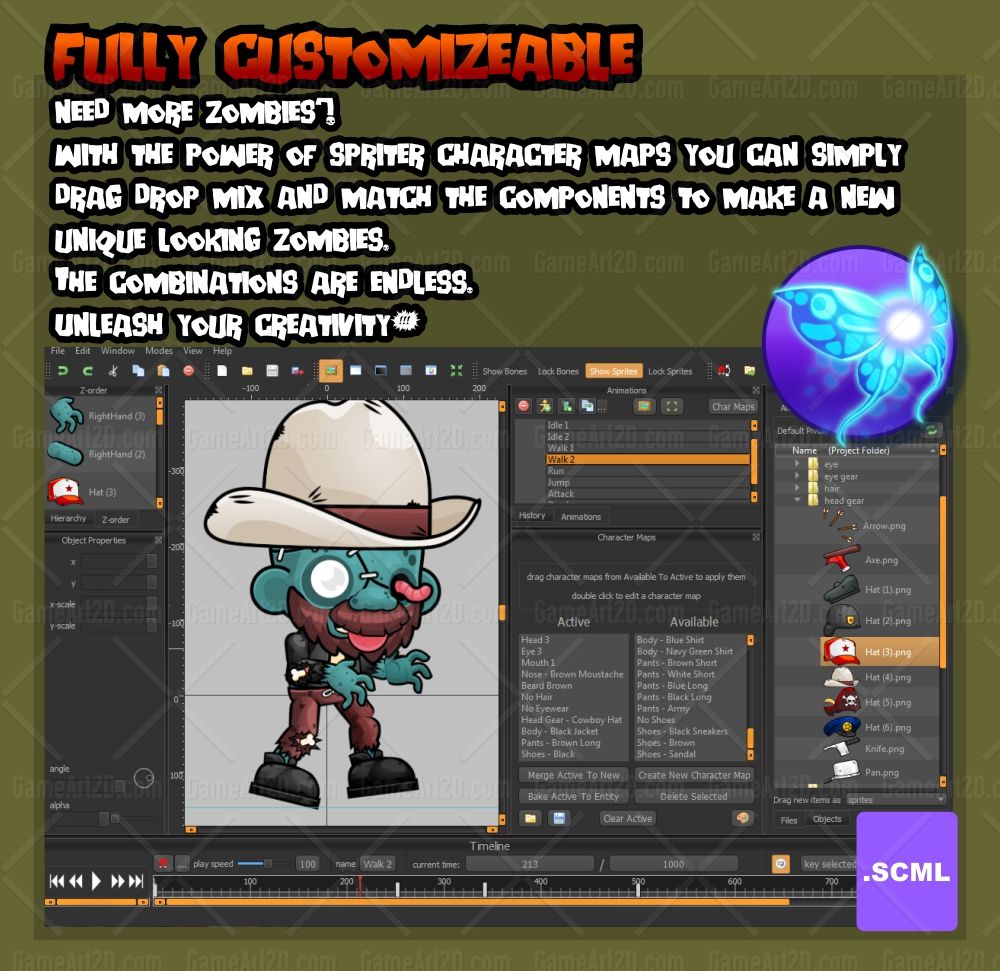
The Atlas loader also has the option of return an Anim object if preferred. In this particular example we are retrieving a single frame of animation that we use to populate a Bitmap and display on screen. So in eclipse the folder is there and looks like there. Sounds patronising but I was having the same issue and for me I was being misled by my assets directory in my desktop project being a 'Linked Folder' that was actually just a reference to the assets folder of my core project. App class Main extends App Īs you can see, there is also a loader for Atlas files, so it’s simply a matter of accessing it via the Res interface. Make sure the sprites actually exist in that directory. The process is almost identical to the sprite handling process from the previous tutorial: import h2d. Each is named along the lines of walk01, walk02, walk03, etc like so: are all available to Patreon backers.Īs always there is a HD video version of this tutorial available here and embedded below.įirst copy the animation frames into the resource folder. All of the images used in this tutorial are available here, while the project files, source, images etc. If you don't have this meta data you have to author it yourself.
#Texturepacker detect identical sprites full#
There are a lot of tools that do things like strip out full alpha pixels and give you the data you need so that this data isn't manually generated. We are going to cover three specific ways, first using a sequence of images for each individual frame of animation, second using a single simple spritesheet image and finally we are going to look at using a texture atlas. Most sprite sheets of non-identical dimensions usually have some kind of meta data with where the anchor of the sprite is. All the best games use an atlas system because it is the best solution to optimize your game: improved performance because the sprites are using the same texture (less draw calls) and reduced memory consumption (a lot of wasted space if each sprite had its own texture). All coding is done using Blueprints although I may do a follow up tutorial.
#Texturepacker detect identical sprites series#
This series is in both text and video form. It is my intention to eventually create an identical series covering Unity, so people can directly compare the workflow of both game engines. In this tutorial we are going to look at using 2D animation in Heaps. JPSprite is a pack for atlases, sprites and animated sprites management. This tutorial series covers all aspects of creating a 2D game using Unreal Engine. Trimmed vs untrimmed sprite sheet: Save memory and increase performance by removing transparency. The animation still plays as expected because the animation frames reference the identical sprites. Then we covered the basics of 2D graphics in the next tutorial. TexturePacker detects these identical sprites and only adds them to the sprite sheet once. In the first tutorial we covered the configuration and programming a simple game using Heaps.

Welcome back to our ongoing tutorial series on using the Heaps framework with the Haxe programming language.


 0 kommentar(er)
0 kommentar(er)
